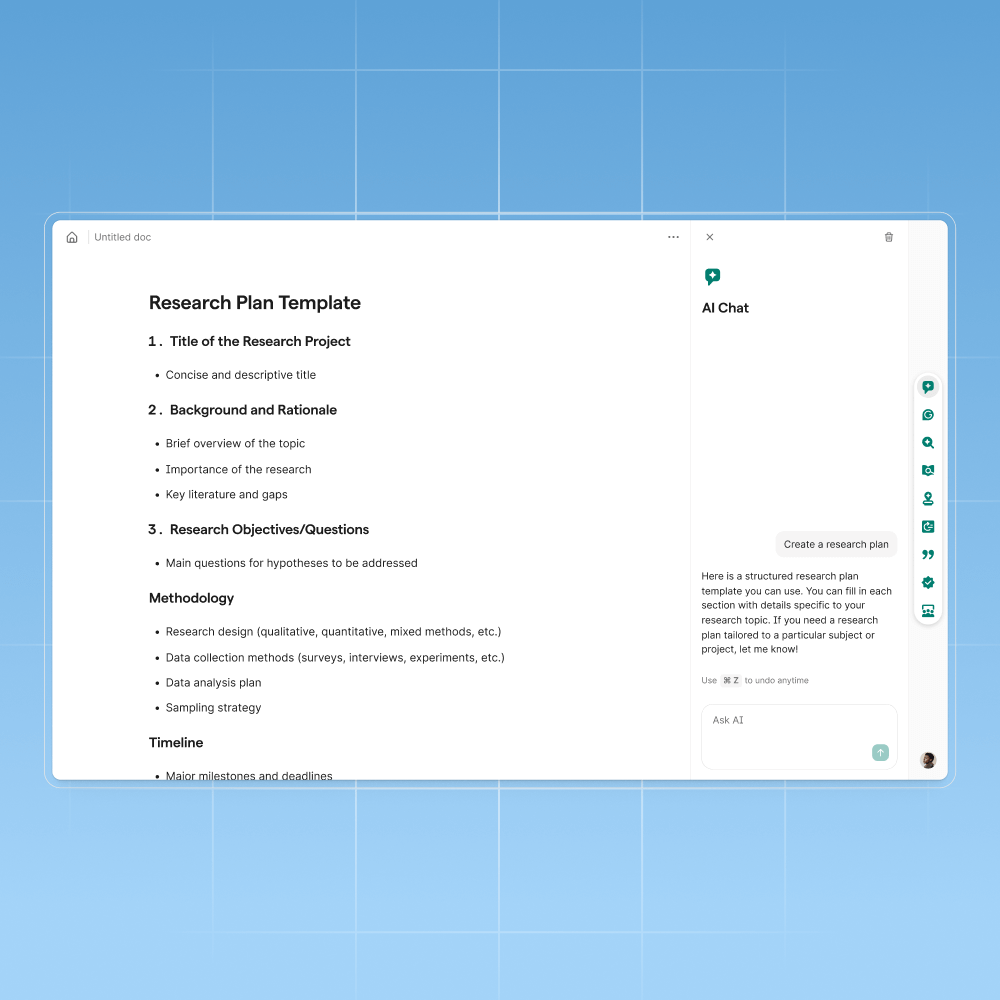
Grammarly introduced eight new artificial intelligence (AI) tools on Monday that can grade student papers and detect AI-generated text, creating fresh questions about academic honesty in classrooms.
The writing platform’s new features include an AI grader that predicts assignment scores and a separate detector that flags potentially AI-written content. Students can upload their assignment rubrics to receive “professor-style feedback” before submission.

Source: Grammarly
“We created many of these agents with students in mind because they’re the first generation entering a job market where employers expect both subject expertise and AI fluency,” said Grammarly CEO Shishir Mehrotra.
The AI grader analyzes papers against course requirements and publicly available instructor information. It can estimate grades and suggest improvements before students turn in assignments.
Other new tools target specific writing challenges. The Citation Finder automatically formats references and verifies claims. A Reader Reactions agent predicts how professors or clients might respond to drafts.
The platform also added a Paraphraser that adjusts tone for different audiences and an Expert Review feature offering topic-specific feedback.
Two tools focus on academic integrity concerns. The Plagiarism Checker scans databases for content similarities. The AI Detector estimates whether text was human or machine-generated.
This creates an apparent contradiction. Grammarly provides tools that help students write with AI assistance while simultaneously offering educators ways to detect AI use.
“Students today need AI that enhances their capabilities without undermining their learning,” said Jenny Maxwell, Head of Grammarly for Education. “By teaching students how to work effectively with AI now, we’re preparing them for a workplace where AI literacy will be essential.”
The company acknowledges the unreliability of AI detection. Luke Behnke, Grammarly’s VP of product management, admitted to TechCrunch that agents made to detect AI-generated content “can be hit or miss.”
Behnke claimed the company tuned its detector for better accuracy than competitors. “The goal here is not to provide an enforcement mechanism for teachers,” he stated. The tool aims to help students identify potentially AI-generated sections before submission.
All features launch within Grammarly Docs, a new writing interface built on technology from Coda, which Grammarly acquired last year. Most tools are free, though AI and plagiarism detection require Pro subscriptions initially.
Enterprise and Education customers will receive access later this year alongside additional agents.
The launch reflects Grammarly’s evolution from a grammar checker into what executives call a comprehensive productivity suite. The company acquired email platform Superhuman earlier this year and raised $1 billion in May for further expansion.
Critics worry the tools might homogenize student writing if everyone follows similar AI-generated advice about instructor preferences. Others question whether students will verify automatically generated citations for accuracy.
Educational institutions continue grappling with AI’s role in learning as tools become more sophisticated and widespread among students.


















